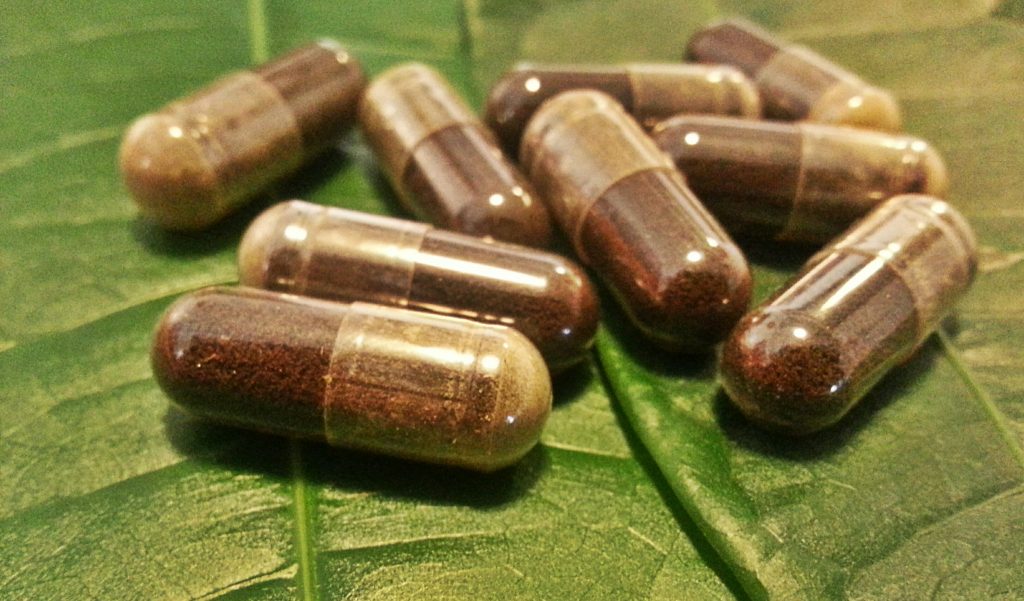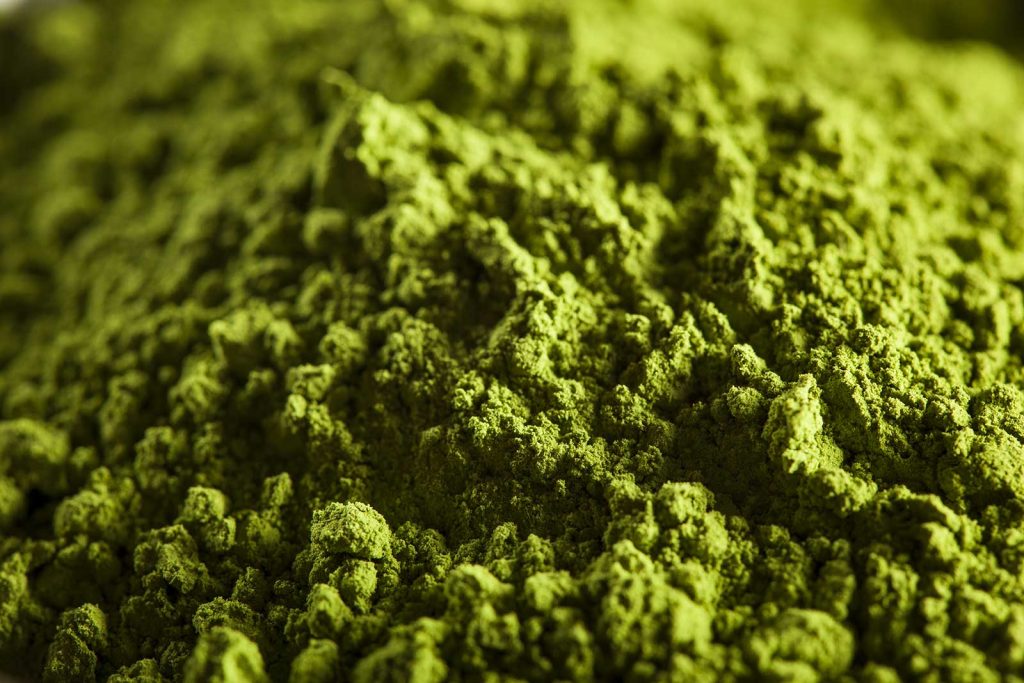
Despite recurring restrictions and bans, kratom continues to soothe both the bodies and the minds of those in need. Against all odds, the market is now flooded with different variations of this natural remedy, with new kratom products popping up all over the place. And, however lucky we are to be presented with a multitude of choices, deciding on one of the available types seems pretty perplexing. Faced with a problem of differentiating various strains, their features, forms and qualities, we take a second to go back to the beginning and revise the confusing glossary of kratom names and terms.
1. Region of Origin
Although kratom has made Southeast Asia extremely popular over the years, Mitragyna trees and thereby its strains come from very specific regions. As a consequence, different variations of kratom are now precisely named after the place they’re coming from. Thailand, Vietnam, Indonesia, as well as various areas within, all have diverse strains of this plant, and they all name them accordingly. And, since all of them are endowed with a different concentration of alkaloids and thus deliver different effects, knowing each strain’s exact place of origin seems pretty important.
2. Color of Central Stem

To make things slightly more complicated, most types come in different colors. The color of the central stem of the Mitragyna tree is a precise indicator of the plant’s properties, which is why Kratom products are discerned and named differently in accordance to their color. White strains are known to produce high energy boosts, as opposed to the red ones, which are considered as sedatives. Green Kratom combines the effects of both.
3. Product Form
Getting familiar with various forms in which kratom strains may come is of no lesser importance. In fact, this specific mark on the label will affect the method and dosage you’ll need to ingest in order for the herb to achieve the desired effect.
Most usually, kratom strains are processed into a dust-like powder. Now, this is different from extract powder, which is more concentrated. Kratom capsules have powder in them as well, but are conveniently packaged to be easier to swallow. Tincture is a liquid and a more potent form of the substance, while resin is a dense type of kratom and a highly concentrated one.
4. Quality Rate

Besides the name, another mark you can see on most kratom products is the production quality rate, which can give you a pretty solid cue on how the strain was processed and how strong the results were.
By this criteria, we differentiate three types of Mitragyna strains – premium, super and enhanced. The first indicates that the product was made by sifting leaf stems, which means that you can expect a kratom rich with alkaloids. Similar to that, Super Kratom is produced from mainly large leaves that can be found on the very treetop, while the third type is a blend of strains and a powder extract, included for additional potency.
To sum it all up, let’s analyze what’s been said using a simple example. If you have your mind set on Ultra Enhanced Red Maeng Da Kratom Powder, for instance, you can expect a strain originating from indigenous tribes of Thailand (Maeng Da) that delivers a soothing sedating effect (red); it comes in the form of a powder and is very potent (enhanced). Now that you’ve caught on the various names and terms used for labeling Kratom products, you can finally have fun finding the one you prefer.
